Catalog
Search
396 products
View:
- Selected: 1Areas of use
- Selected: 0Item names
- Selected: 0Manufacturer
- Selected: 0Made in
- Selected: 0Additional
View:
396 products
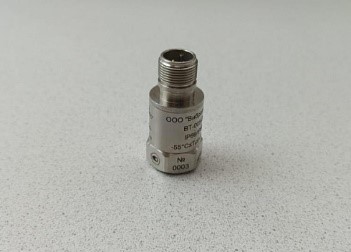
Vibration converter VT-005
The VT-005 vibration transducers are designed to convert the instantaneous value of the vibration acceleration of an object into an ICP signal of the IEEP standard.
VIBROPRIBOR
Yaroslavl
Produced in: Yaroslavl
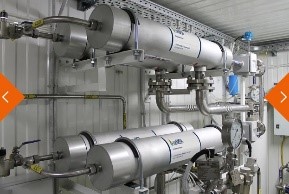
Membrane nitrogen stations
A membrane nitrogen station is a set of equipment for the production and supply of nitrogen under high pressure obtained from atmospheric air by the method of membrane separation. Unlike the membrane nitrogen plant, the membrane nitrogen station is equipped with additional equipment: a booster compressor that creates the necessary pressure. Put the squeeze on the pump.
Composition of a typical membrane nitrogen station:
1. Air compressor
2. Dehumidifier
3. Main filter block, including coal column
4. Air receiver
5. Membrane nitrogen generator
6. Nitrogen receiver
7. Nitrogen booster compressor putting the squeeze on
PROVITA
Saint Petersburg
Produced in: Saint Petersburg
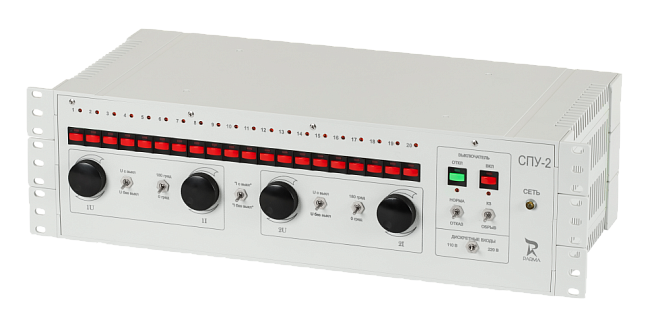
THE DEVICE FOR CHECKING MICROPROCESSOR RELAY PROTECTION UNITS SPU-2
1 supp.
Allows to significantly simplify the procedure for checking, configuring and demonstrating microprocessor relay protection units.
The use of the stand makes it possible to significantly simplify the procedure of demonstration, verification and configuration of microprocessor relay protection units. The stand allows to check such protections as MTZ and OZZ, including directional, ZMN, ZPN, ZOF. With the help of the stand, you can easily check the automation functions of the RZA units, for example, URV, APV, AVR, etc.
PARMA
Saint Petersburg
Produced in: Saint Petersburg
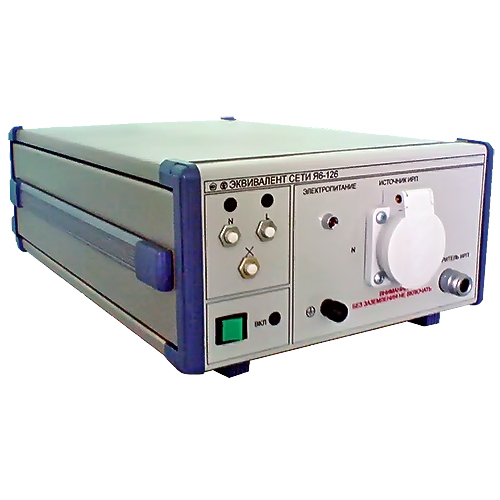
The equivalent of the Ya6-127 network
NNPO im. M.V.Frunze
Nizhny Novgorod
Produced in: Nizhny Novgorod
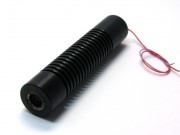
Green Laser Module KLM-A532-1-5 532nm 1mW dot
from
11 028 ₽
KLM-A532-1-5 laser modules are optimal sources of coherent radiation for the construction of control and automation systems, alignment and marking devices, for scientific and medical purposes.
FTI-Optronik
Saint Petersburg
Produced in: Saint Petersburg
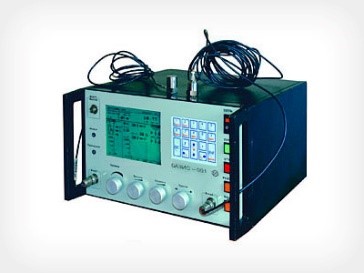
Vibration automatic monitoring and tracking equipment "Basis-001"
The equipment "Basis-001" is designed to measure vibration parameters, set and automatically maintain vibration parameters, control the vibration spectrum and determine resonant frequencies as part of vibration electrodynamic test units of the VEDS series (VEDS-100M; 200M; 400M; 1500M) and similar
VIBROPRIBOR
Yaroslavl
Produced in: Yaroslavl
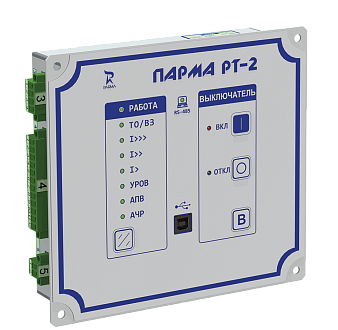
CURRENT RELAY OF THE PARMA RH-2 SERIES
The current relays of the PARMA Rh-2 series are designed to perform the functions of relay protection and automation of connections of 6 – 35 kV in networks with an isolated neutral.
The current relays of the PARMA Rh-2 series combine the advantages of microprocessor protections and the simplicity of relay circuits on traditional electromechanical and electronic relays.
The relay "PARMA Rh-2" is optimally suited:
• for retrofit of cells to replace outdated relays with a switch of any type, including when using a deshunt circuit
• as an alternative to modern microprocessor protections with excessive functionality
• when creating and reconstructing RPA systems of power facilities in conditions of limited budget funds
PARMA
Saint Petersburg
Produced in: Saint Petersburg
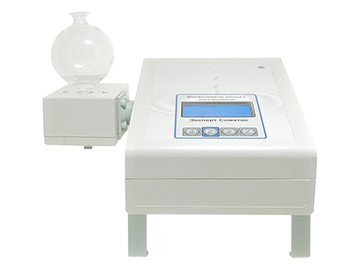
Electronic milk viscometer "Expert Somatos - 01"
from
69 000 ₽
1 supp.
Electronic milk viscometer (analyzer of the number of somatic cells in milk) Expert Somatos is a novelty of 2020! Modern, designed taking into account all the wishes of our customers over the past 12 years! The most accurate and most reliable! It fully complies with GOST 23453-2014 (Raw milk. Methods for the determination of somatic cells. Section 6: Method for determining the number of somatic cells using a viscometer) as amended on 01.01.2016, including the length and diameter of the capillary!
The analyzer is included in the state register of the Russian Federation as a measuring instrument!
Exclusive benefits:
• version with one or two flasks, which allows up to 60 measurements per hour
• optionally equipped with an integrated or external printer
• thanks to the new verification method developed from scratch, it can be trusted in any standardization and metrology center
As a rule, it is used:
• Dairy farms — for the timely prevention and treatment of mastitis in cows, which ensures stable supplies of high-grade milk (accordingly increases the cost of products).
• Veterinary laboratories, SBBS, points for receiving farm milk from the population to determine the grade and calculate the cost of raw milk.
• In the laboratories of milk processing enterprises to control incoming raw milk.
LABORATORIKA
Krasnoobsk
Produced in: Novosibirsk region
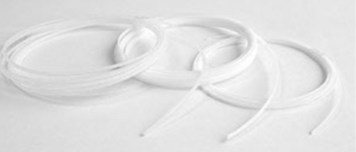
VD-7.2×3.4
A flexible waveguide is a piece of high-quality dielectric, which ends with transitions to standard waveguides with flanges.
For ease of operation, the waveguide is protected by an elastic shell.
Basic properties
Manufacturability of the connection;
Small losses and VSWR;
Economy.
Operating conditions
Operating temperature range from 5 to 50 ° C;
The relative humidity of the air is up to 98% at a temperature of 25 ° C.
Technical specifications
Waveguide cross section, mm 7.2×3.4
Flange type according to GOST RV 51914-2002
Frequency range, GHz 25.95-37.50
VSWR 1.25
Losses, dB 2.0
Length, mm* 500
TEKHNOYAKS
Moscow
Produced in: Moscow
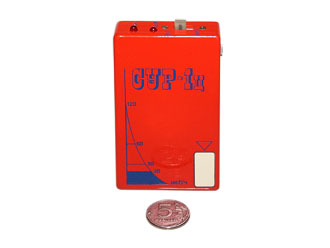
Dosimeter SUR-1TS
The possibility of a qualitative assessment of the current radiation situation - continuously and under any conditions. You can put the device in your pocket, purse, etc. and forget about it. If you get into the zone of radioactive exposure, the alarm will immediately remind you of yourself and let you know about the danger with light and sound signals;
The presence of light and sound alarms about the emergency level of radiation hazard;
Durable body is made of cast duralumin;
Protected by the copyright certificate, the original power supply circuit, which provides low current consumption, allows you to keep the device constantly on and instantly determine whether it enters the zone of radioactive danger;
The possibility to operate the device without replacing the battery for a year or more.
NPP "ELEKTRONNYE PRIBORY"
Naberezhnye Chelny
Produced in: Tatarstan, Naberezhnye Chelny
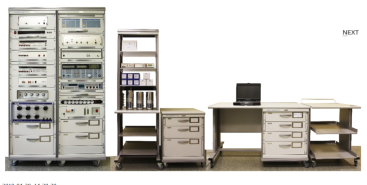
Verification module PM-9
The composition of the PM-9 calibration module:
Universal voltmeter calibrator H4-12 (2 pcs.);
Variable voltage calibrator H5-5A;
A measure of the stress ratio H4-8;
AC voltage voltmeter VK3-78A;
Generator-calibrator of harmonic signals SK6-122;
The meter-calibrator of the harmonic coefficient SK6-20A;
AC power source B2-7 (2 pcs.);
The measure of DC electrical resistance is multi-valued MS3070-2;
The measure of DC electrical resistance is multi-valued MS3055;
Decadal high-resistance resistance magazine M-109R;
Single-digit electrical resistance measures MS3080 (0.001; 0.01; 0.1 ohms);
Electrical resistance measures unambiguous MS3050M (1, 10, 100, 1000, 10000, 100000 Om);
The measure of electrical resistance is unambiguous P4013;
The measure of electrical resistance is unambiguous P4023;
The measure of electrical resistance is unambiguous P4033;
PC, printer;
Basic load-bearing structures (BNC).
Technical specifications
Measuring ranges of electrical quantities:
Constant electrical voltage DC from 1 MV to 1000 V
AC alternating electric voltage in the frequency range of 10 Hz ... 1 MHz from 10 mV to 1000 V
Alternating electric voltage high-frequency VRF in the frequency range of 10 Hz ... 2000 MHz from 10 mV to 100 V
Harmonic coefficient in the frequency range of 10 Hz ... 200 kHz from 0.001 to 100 %
Ranges of reproduction of electrical quantities:
Constant electrical voltage DC from 1 nV to 1000 V
AC alternating electric voltage in the frequency range of 10 Hz ... 1 MHz from 3 MV to 1000 V
Alternating electric voltage high-frequency VRF in the frequency range of 1 MHz ... 2000 MHz from 3 MV to 3 V
DC electric current from 1 µA to 20 A
The power of alternating electric current in the frequency range from 0.1 Hz to 10 kHz from 1 µA to 20 A
Electrical resistance from 0.001 ohms to 11
ohms Harmonic coefficient in the frequency range from 10 Hz to 200 kHz from 0.001 to 100 %
Measurement errors of electrical quantities:
Constant electrical voltage DC ± (0.0011 ... 4.0) %
AC alternating electric voltage, in the frequency range 10 Hz ... 1 MHz ± (0.0055 ... 1.2) %
Alternating electric voltage high-frequency VRF in the frequency range 1 MHz ... 2000 MHz ± (0.2 ... 6.0) %
Harmonic coefficient in the frequency range from 10 Hz to 200 kHz ± (0.0008 ... 2.0) %
Errors in the reproduction of electrical quantities:
Constant electrical voltage DC ± (0.0011 ... 4.0) %
AC alternating electric voltage in the frequency range 10 Hz ... 1 MHz ± (0.0055 ... 4.0) %
Alternating electric voltage high-frequency VRF in the frequency range 1 MHz ... 2000 MHz ± (0.6 ... 10.0) %
DC power ± (0.0033 ... 0.5) %
The power of alternating electric current in the frequency range from 10 Hz to 10 kHz ± (0.055 ... 1.0) %
Electrical resistance ± (0.001 ... 1.0) %
Harmonic coefficient in the frequency range from 10 Hz to 200 kHz ± (0.006 ... 2.0) %
General technical characteristics:
The area occupied by the module is 6-12 m2
Weight, not more than 430 kg
Power supply voltage from 198 to 242 V with a frequency of (50 ± 0.5) Hz
Power consumption, no more than 2000 VA
TEKHNOYAKS
Moscow
Produced in: Moscow
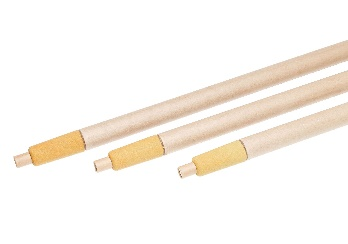
EVRAZOXY For high oxidation
Purpose: Measurement of oxygen activity in molten steel
Scope of application: Oxygen converters, electric arc furnaces, induction furnaces, blast furnaces, casting buckets
Measurement range:
from 50 to 2000 ppm O2 - metal oxidation
from 1000 to 1800 °C - metal temperature
from 0.010 to 0.200% - carbon content
Accuracy: 0 + 3°C at 1554°C;
(from 5 to 10) mV (depending on the level of oxygen activity)
Measurement time: 8 sec
Tube Length: from 100 to 1500 mm (other lengths are available on request)
Slag Cap: Steel, cardboard
Type of NSH: B, S, R
EVRAZPRIBOR
Lipetsk
Produced in: Lipetsk
